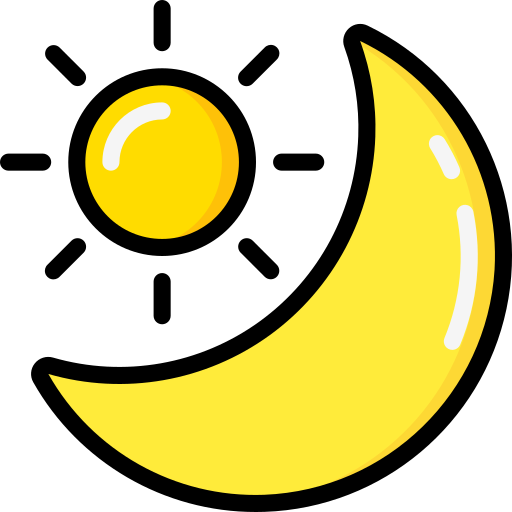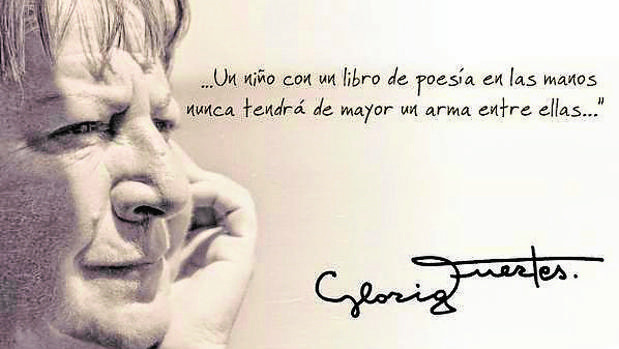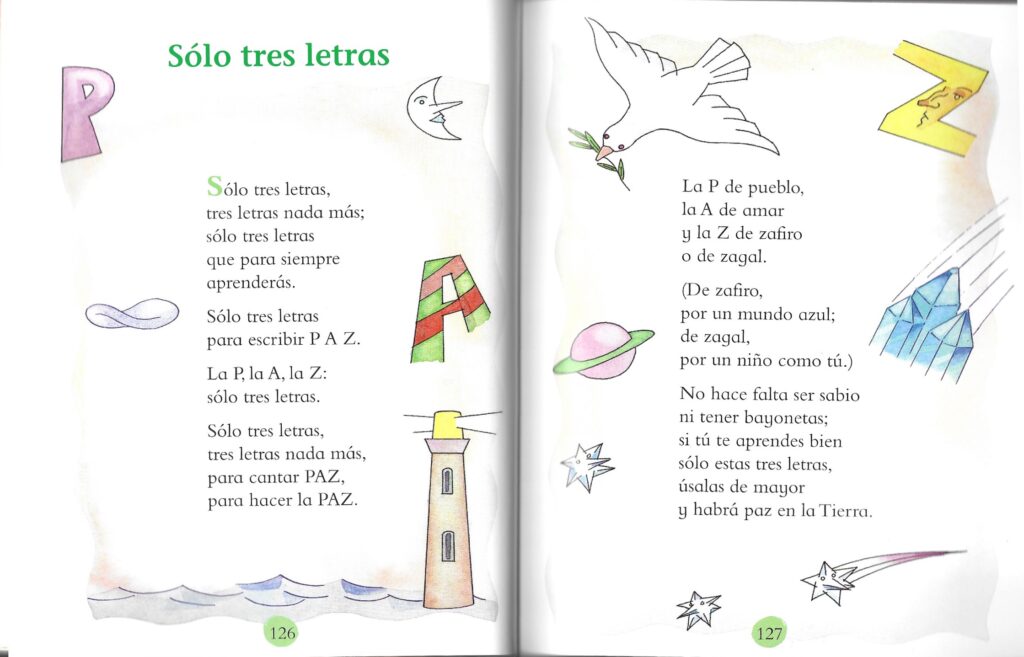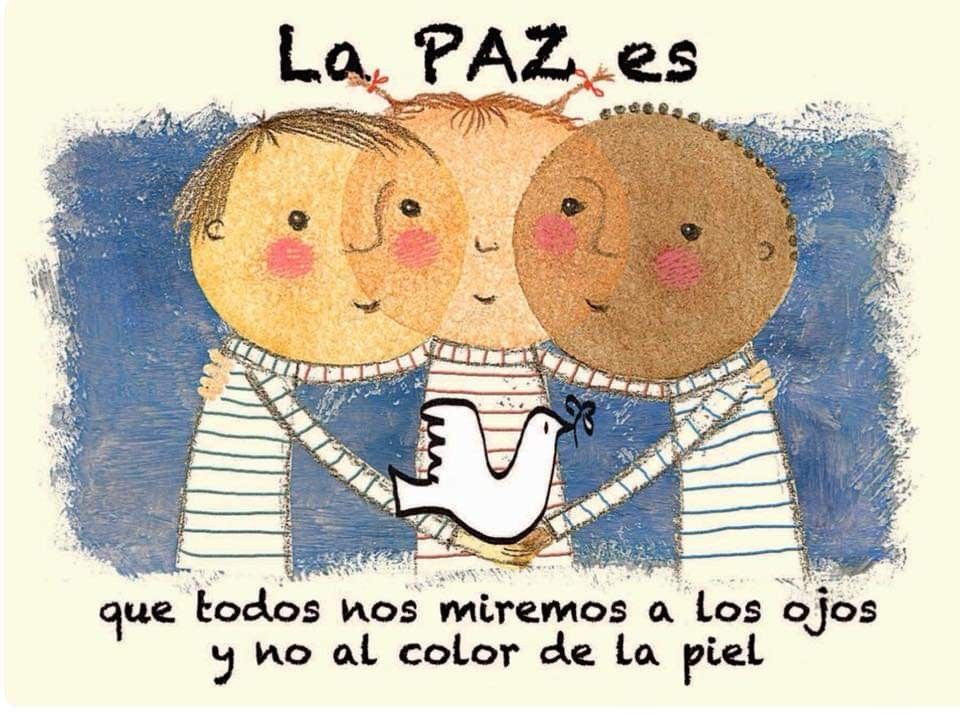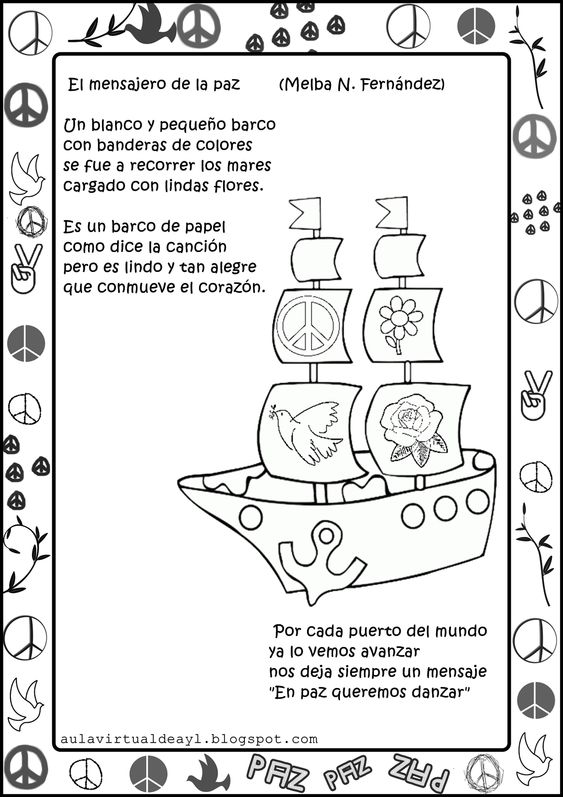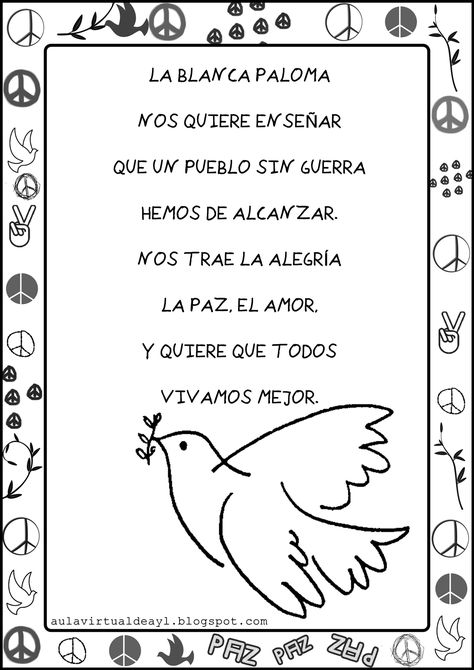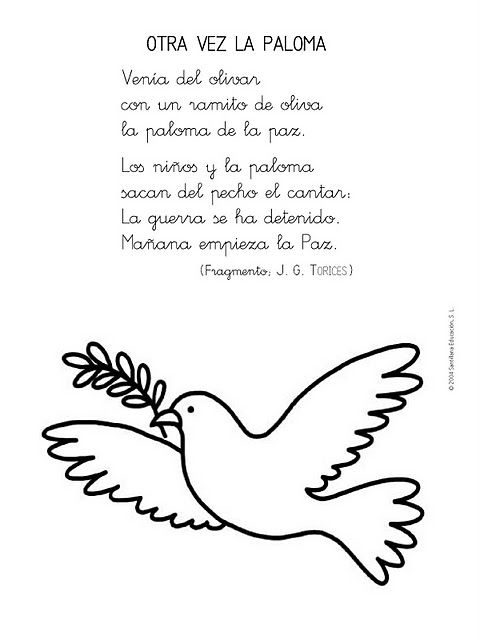The next in a series of posts about poems from the anthology Los Mejores versos de Gloria Fuertes is En un país mágico, a poem in two parts about a magical world and unusual friendships.
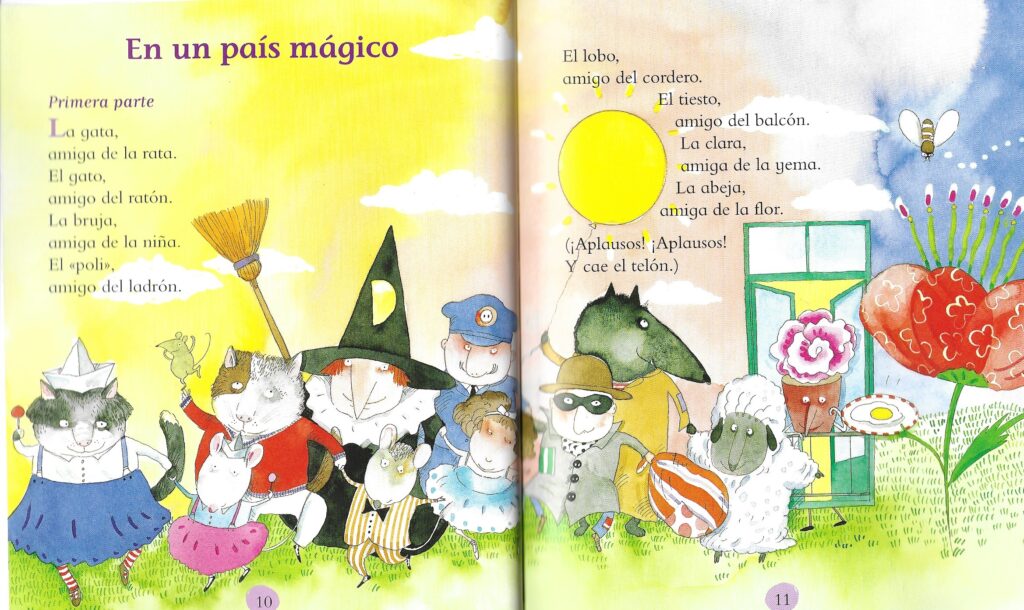
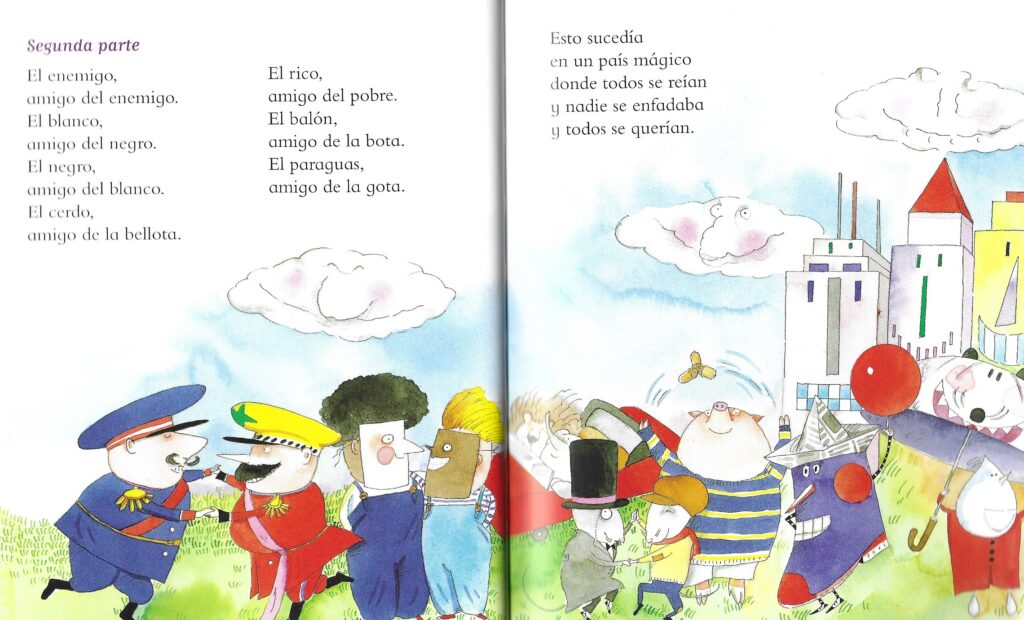
I liked this poem as it’s very simple with a repeated structure:
[noun1] amigo de [noun2]
with noun2 being an unlikely amigo for noun 1. So we have cat and mouse, robber and police, wolf and lamb, witch and child, but also yolk and white, bee and flower, black and white, rich and poor.
I also liked the poem for the message of friendship, that we could all live together in harmony and peace. as the last verse says:
Esto sucedía en un país mágico donde todos se reían y nadie se enfadaba.
This happened in a magical world where everyone laughed and nobody got angry.
Wouldn’t that be a good world in which to live?
What could you do with the poem?
- Read it and enjoy it – the rhythms and rhymes, and the message too.
- Act it out as a play (at the end of Primera Parte, the curtain falls and there is applause!)
- Look at pronunciation – the j and the use of accents.
- Use the image to help children find the meaning of the poem.
- Explore the interesting vocabulary – el ‘poli’, la bellota, el tiesto (I had to use the picture for that one) You may need to explain the relationship between a pig and an acorn!
- Look at masculine and feminine – why is la gata amiga de la rata but el gato amigo del ratón? And likewise, la gata amiga de la rata but el gato amigo del ratón?
- Challenge children to find new pairings that could be friends to rewrite the poem:
El frío, amigo del calor.
El Sol, amigo de la Luna.
La radio, amiga del video.
What would you do? Please share your ideas in the comments!
Other poems by Gloria Fuertes:
Sólo tres letras
La Risa
Doña Pito Piturra
Lee con Gloria Fuertes (lots of links in this post to others)
Approximate translation:
IN A MAGICAL COUNTRY
First part:
The cat,
Friend of the rat.
The cat,
Friend of the mouse
The witch,
Friend of the little girl.
The ‘bobby’,
Friend of the robber.
The wolf,
Friend of the lamb.
The flowerpot,
Friend of the balcony.
The egg white,
Friend of the yolk.
The bee,
Friend of the flower.
(Applause! Applause! And the curtain falls)
Second part
The enemy,
Friend of the enemy.
The white,
Friend of the black.
The black,
Friend of the white.
The pig,
Friend of the acorn.
The rich,
Friend of the poor.
The ball,
Friend of the boot.
The umbrella,
Friend of the drop.
This happened
In a magical country
Where everyone laughed
And nobody got cross
And everyone loved each other.



